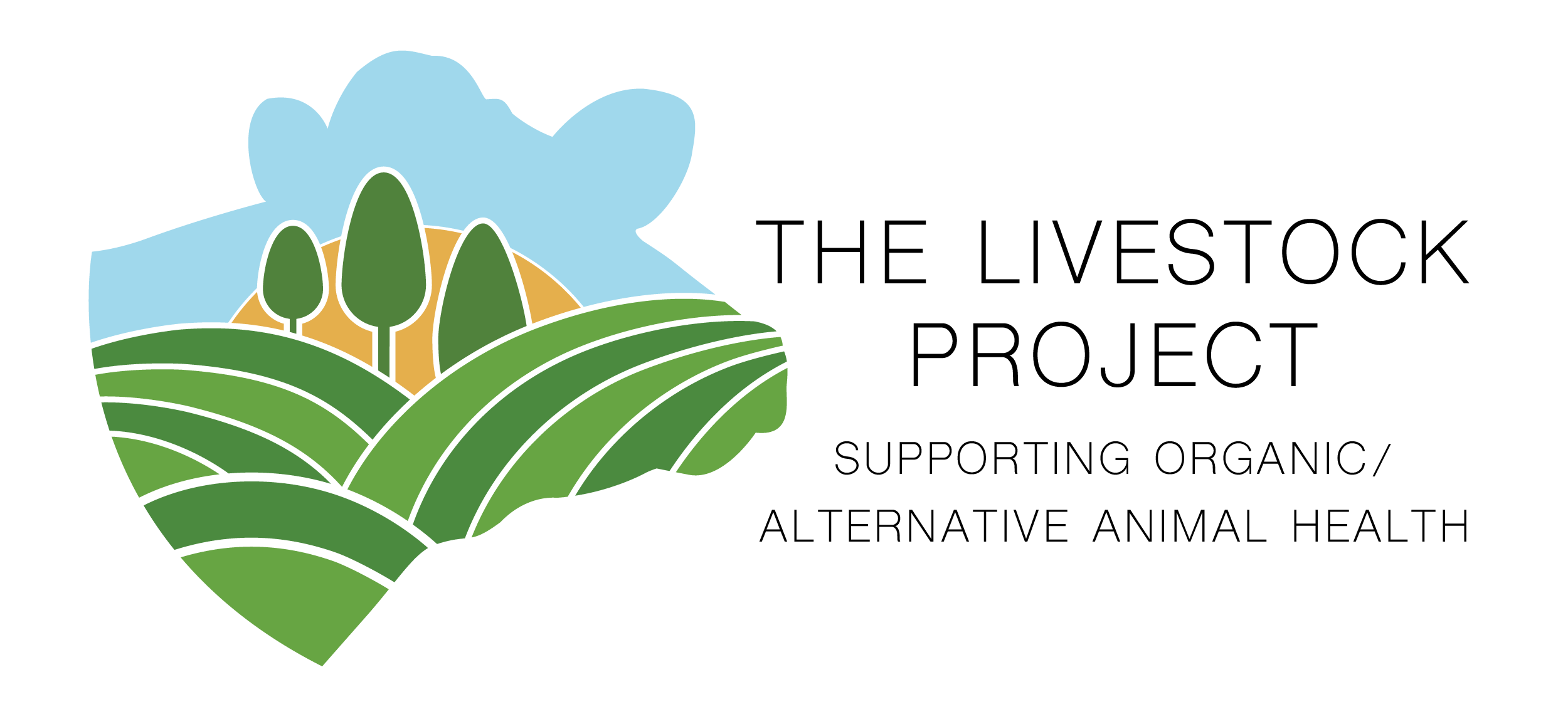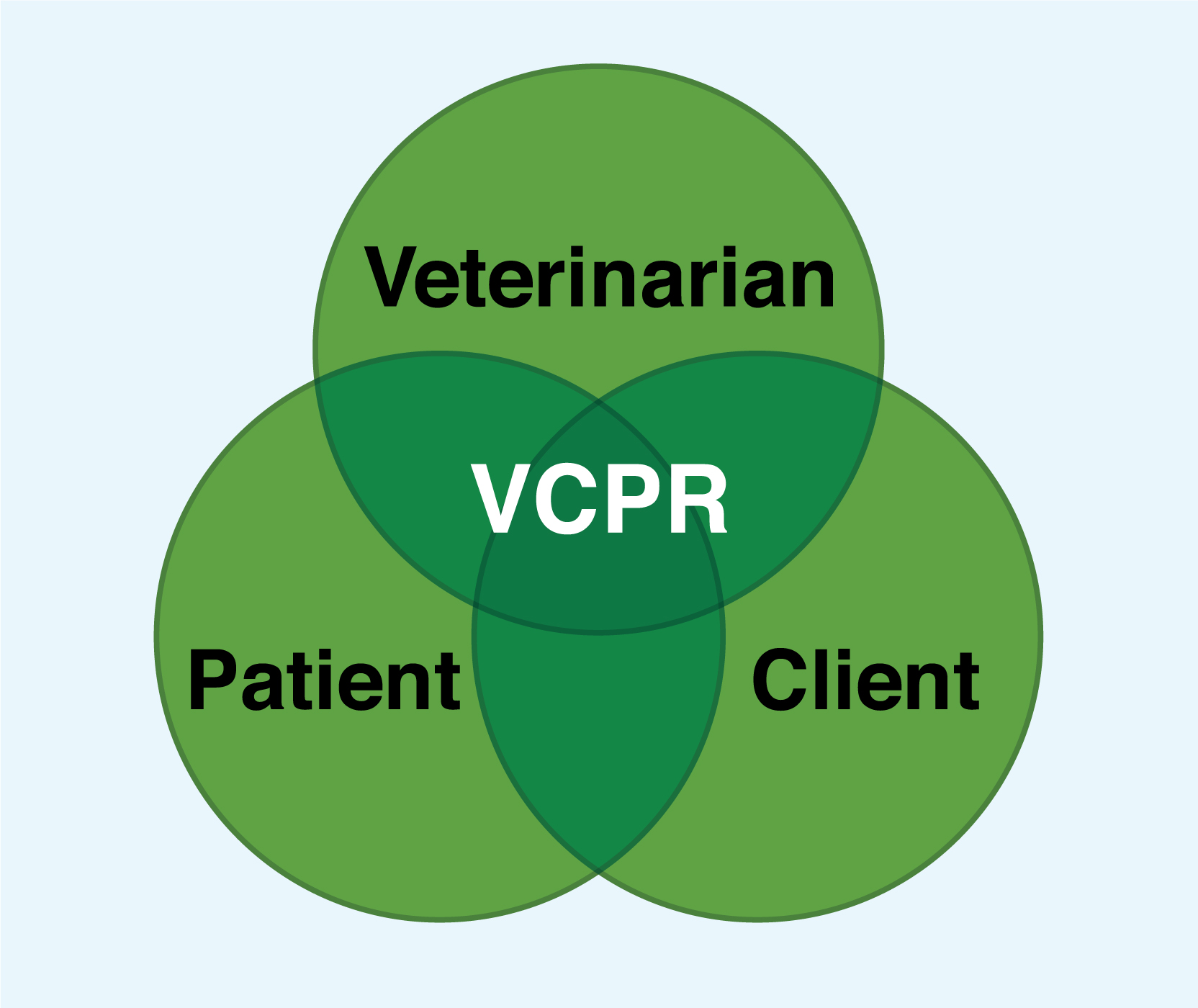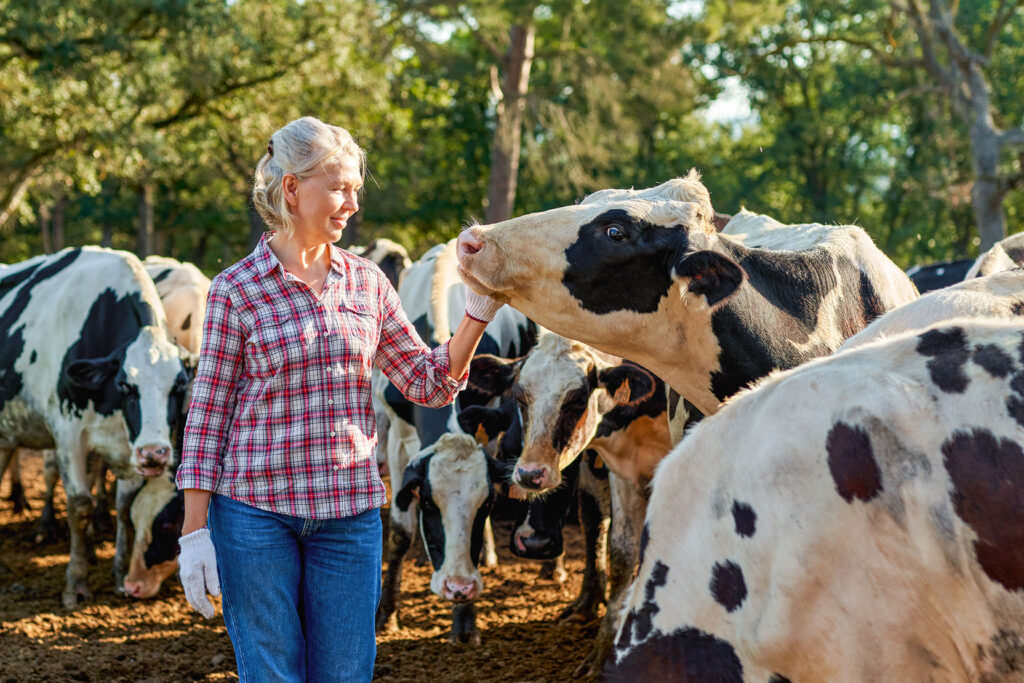
Learning objectives
- Discuss the importance of communication in achieving goals within the VPCR with organic and alternative clients.
- Compare and contrast paternalistic and relationship-centered communication styles.
- Describe what communication skills are and how they can impact your relationship with your clients.
- Demonstrate communication skills with organic and alternative clients.

Introduction – the importance of communication
As social creatures, humans communicate daily. Despite the frequency of communication, many don’t consider the importance of how they communicate, especially while they are in it. Often, people say what they think or what comes to mind. Yet, that is only part of the art of communication. Did they consider how others would interpret what was said? Was eye contact made? Were they multi-tasking while talking? Did they consider the tone of their voice? Learning how to convey messages thoughtfully, especially important ones related to health and well-being, is essential to the message being received, respected, and understood.
Expanding veterinary practice to include organic and alternative (O/A) clients requires attention and dedication to clear and effective communication. As a minority among farmers, their decisions, choices, and opinions are compared to the traditional majority. As a result, O/A farmers often feel unheard, misunderstood, and dismissed and may react defensively when working with people outside their farms, including veterinarians. When communicating with all clients, particularly O/A clients, consider this dynamic and remember that they are experienced and knowledgeable about THEIR FARM. This belief in client knowledge is crucial in gaining trust and forming a good working relationship. This conscious consideration also plays heavily into relationship-centered communication within the Veterinarian-Client-Patient Relationship (VCPR), which will be discussed in more detail in this chapter.
 Veterinarians are famously persistent, resilient, and dedicated to improving their ability to help animals and the veterinary profession. In recent years, research on the human-animal bond has increased, revealing many health and social benefits linked to the relationships between humans and animals. Veterinarians are in the unique position of having to work with both animals and clients simultaneously, and as such, engage in the human-to-human bond as well (Dr. Morgan McArthur @avmavets). To positively impact animal health and have successful working relationships with clients, veterinarians need to consider the bonds between all three points of VCPR.
Veterinarians are famously persistent, resilient, and dedicated to improving their ability to help animals and the veterinary profession. In recent years, research on the human-animal bond has increased, revealing many health and social benefits linked to the relationships between humans and animals. Veterinarians are in the unique position of having to work with both animals and clients simultaneously, and as such, engage in the human-to-human bond as well (Dr. Morgan McArthur @avmavets). To positively impact animal health and have successful working relationships with clients, veterinarians need to consider the bonds between all three points of VCPR.
The three parts of communicating an idea are the content, the process, and the interpretation. An easy metaphor for these parts in action is the idea of passing a ball. The content is the ball (soccer ball, football, baseball, etc.), the process is how the ball was passed (fast, with a spin, a lob, with your feet, etc.), and the interpretation is how the individual on the other end receives it (catch, fumble, complete miss). The outcome of the interaction depends on understanding each piece of it and is influenced by the perceptions of the involved parties. In metaphorical terms – if someone tries to pass a soccer ball with a baseball bat, the individual on the receiving end likely won’t understand what they are trying to do. Similarly, if someone passes a basketball to someone who has never played basketball (which would affect their interpretation), they may not know how to receive it. For clear communication, everyone must be on the same playing field or be working on getting there.
Veterinarians are familiar with the VPCR as it is an integral part of their jobs, and communication is vital to that relationship. Forming a working relationship with O/A clients is like forming one with a conventional client. The key difference is that veterinarians might be less familiar with the rules, regulations, philosophies, and practices associated with their way of farming. Being open-minded, respectful, and willing to learn will go a long way in developing a strong working relationship with O/A clients.
Good Communication is Linked to Positive Outcomes
Humans have been using various ways to communicate for hundreds of thousands of years, from cave drawings, gestures, texts, and symbols, to spoken languages. Along the way, there has been growing awareness of the influence that communication has on outcomes in medical fields, and there are several areas where effective communication has been shown to have a significant impact.
Better Client Satisfaction
 Client satisfaction and the likelihood of returning to the same practice increase with effective communication from the veterinarian. Clients report interpersonal skills, such as being kind and gentle, along with being respectful and informative, as some of the most important factors in choosing their veterinarian (Shaw et al., 2004). Communication styles that emphasize the doctor or veterinarian’s dominance in the interaction or relationship have been negatively associated with client satisfaction (Shaw et al., 2004). A social climate of positive verbal and nonverbal behavior, partnership building, friendly emotional environment, etc., in a medical practice was also cited as a major factor contributing to client satisfaction (Shaw et al., 2004). This may be relevant to O/A clients. They may have different experiences than conventional farm clients and may have different perceptions of the norm of a situation. Paying more attention to this and being open-minded will likely greatly improve their satisfaction with your services and go a long way in fostering a strong working relationship with them.
Client satisfaction and the likelihood of returning to the same practice increase with effective communication from the veterinarian. Clients report interpersonal skills, such as being kind and gentle, along with being respectful and informative, as some of the most important factors in choosing their veterinarian (Shaw et al., 2004). Communication styles that emphasize the doctor or veterinarian’s dominance in the interaction or relationship have been negatively associated with client satisfaction (Shaw et al., 2004). A social climate of positive verbal and nonverbal behavior, partnership building, friendly emotional environment, etc., in a medical practice was also cited as a major factor contributing to client satisfaction (Shaw et al., 2004). This may be relevant to O/A clients. They may have different experiences than conventional farm clients and may have different perceptions of the norm of a situation. Paying more attention to this and being open-minded will likely greatly improve their satisfaction with your services and go a long way in fostering a strong working relationship with them.
Increased Adherence to Recommendations
Clear communication results in increased adherence to veterinary recommendations. As with client satisfaction, more studies exist in human medicine, but the concepts are translational and relatable to veterinary medicine and the VCPR. Topics that routinely influence adherence to recommendations are patient/client education, doctor expression of empathy and encouragement, and an active role for the patient/client in the interaction (Shaw et al., 2004). Communication factors in veterinary medicine that have resulted in increased adherence to recommendations include establishing 2-way communication, building trusting relationships, and collaborative planning (Shaw et al., 2004). This chapter will expand on ways to enhance and highlight these skills when working with O/A clients and other working and personal relationships.
Improved Animal Health Outcomes
Health outcomes for animals are better with improved communication. This likely relates to increased adherence to veterinary recommendations and improved understanding of the diagnosis, treatment, and recommended preventative practices by the client. Many randomized, controlled trials and analytical studies in human medicine have shown the significance of improved health outcomes with improved communication (Shaw et al., 2004). While specific veterinary data in this area is not as robust, hypotheses and initial studies support this same conclusion within the VCPR.
Reduced Malpractice Claims and Board Complaints
Deficiencies in communication skills have been routinely linked to malpractice claims and complaints to state veterinary medical boards. In the US, most of these are due to poor communication and interpersonal skills (Shaw et al., 2004). With clients more likely to pursue retribution following what they perceive as poor communication, it is important to continue to develop these skills and assume them as a responsibility and core clinical skill in the veterinary profession.
Increased Veterinarian Satisfaction
 Veterinarians have many draws on their attention in catering to client and animal needs. Veterinarians are a vital part of the VCPR, and parts that negatively or positively affect them, and their ability to help others, are important to recognize. Fortunately, veterinarian satisfaction is linked to building client relationships (Shaw et al., 2004). A common thread for many in the veterinary profession is the personal fulfillment of helping others. Thus, working on better connections with clients benefits the client, the patient, and the veterinarian.
Veterinarians have many draws on their attention in catering to client and animal needs. Veterinarians are a vital part of the VCPR, and parts that negatively or positively affect them, and their ability to help others, are important to recognize. Fortunately, veterinarian satisfaction is linked to building client relationships (Shaw et al., 2004). A common thread for many in the veterinary profession is the personal fulfillment of helping others. Thus, working on better connections with clients benefits the client, the patient, and the veterinarian.

